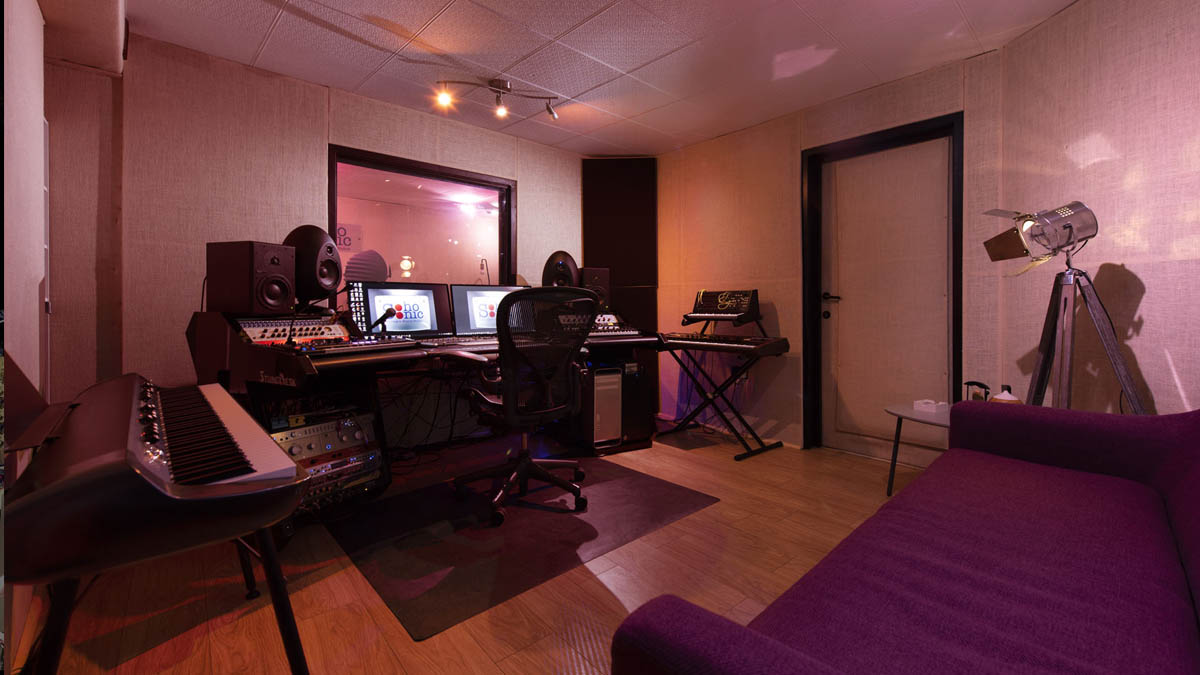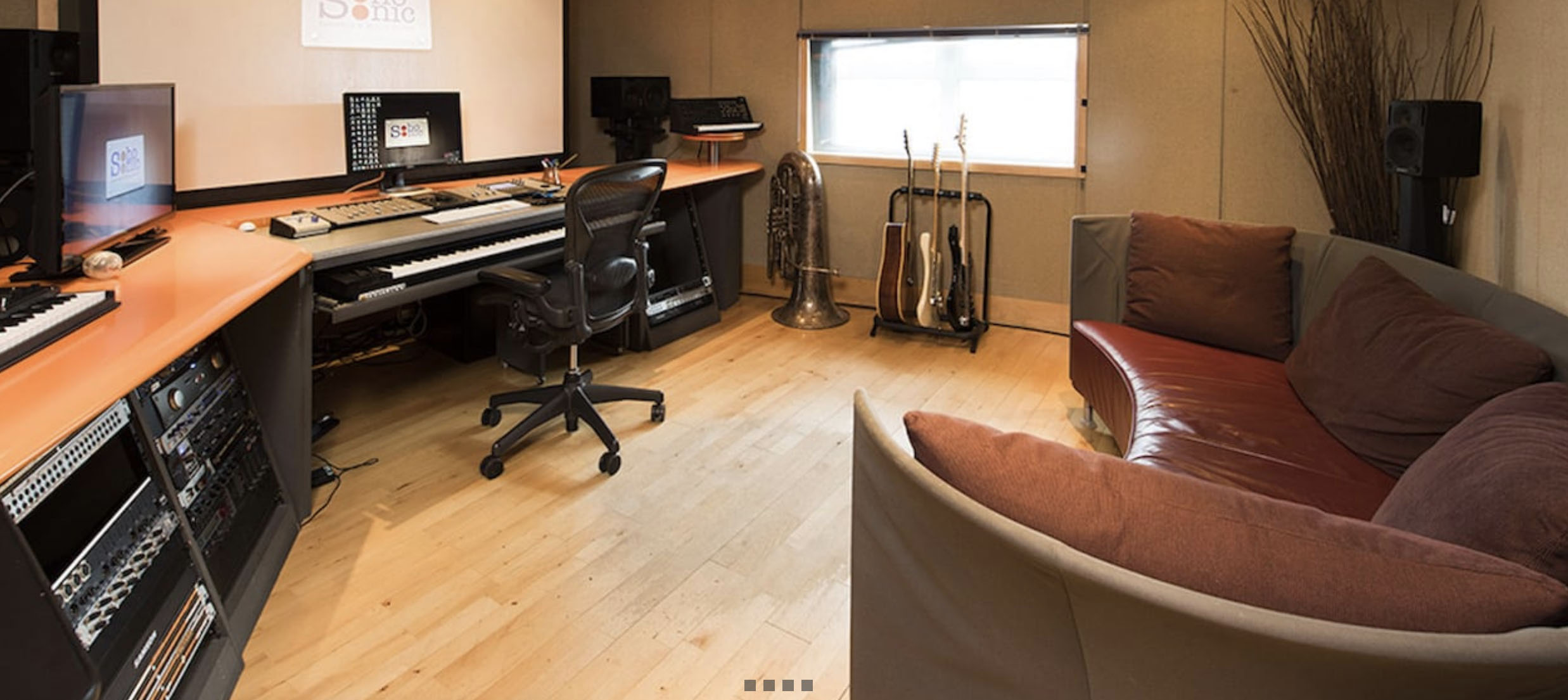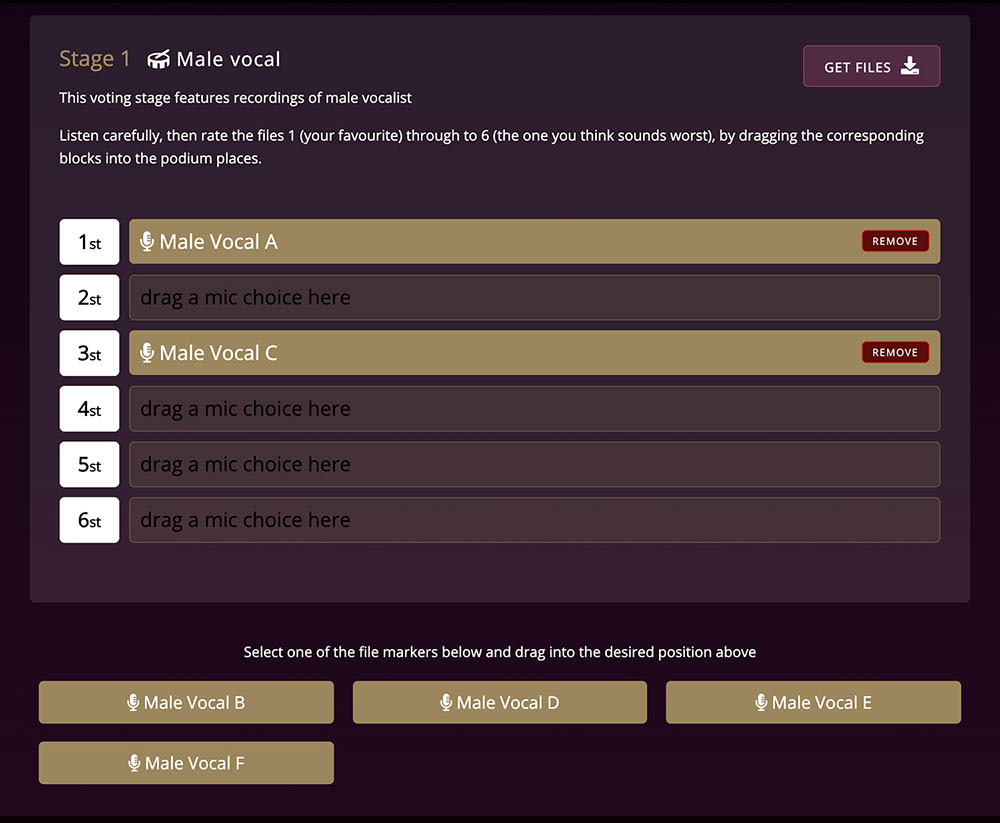Project Element - How we record the audio files
 Thanks to all of you who have signed up to be part of the Aston Family Developer Team! If you've not yet registered you can do so here.
Thanks to all of you who have signed up to be part of the Aston Family Developer Team! If you've not yet registered you can do so here.
So how are the audio files recorded, and how do we make sure that the voting process is fair? Here's the low-down...
At each stage 5 iterations of Element and other market leading mics, are used to record audio files for male vocals, female vocals and acoustic guitars. A separate track is made for each mic, with gain levels pre-balanced such that record levels are the same.
Although takes aren’t identical using this method, our artists do their best to make them as consistent as possible. Our own experience, and advice from our A33 panel, has shown that this is the best way to ensure a level playing field. Trying to record one take using multiple mics close together inevitably ends up with proximity and/or off-axis response colouring the sound of one mic differently to the next. Using pre-recorded vocal/instrument material to play into the mics, although ensuring identical takes, relies on having used a mic already to make the recording, thus colouring the original source with the sound of that mic.
 The final recorded files for each source are labelled A-E (with a separate key denoting which number relates to which mic known only to the test team). The files are then randomised prior to uploading for voters to audition, so, for example, Mic A is not necessarily always the same product between different sources… this, again, avoids voting bias.
The final recorded files for each source are labelled A-E (with a separate key denoting which number relates to which mic known only to the test team). The files are then randomised prior to uploading for voters to audition, so, for example, Mic A is not necessarily always the same product between different sources… this, again, avoids voting bias.
Each take includes a quiet intimate passage, some ‘normal’ volume singing, a loud passage and some falsetto, as well as 10 seconds of spoken word. The idea is to make sure a range of dynamics and tones are captured for each voice in one 30-60 second take for each mic. Each acoustic guitar take includes a passage of finger picking, gentle thumb strumming and loud plectrum strumming.
- Each mic is set at exactly the same height, and approximately 30cm apart, in a row, so that the performer can move quickly between mics (the height varies between sources, i.e. male vocal, guitar, female vocal)
- All takes are performed at an equal distance from the mics (about 30 cm), and the same pop shield is used for each
- The same signal chain is used for each mic (i.e. channel 1-5 on the same pre-amp / ADDA and directly into the DAW, all channels set up identically)
- All tracks are recorded as A-E, e.g. Male Vocal A, Male Vocal B etc. and related by means of a key to the mic and channel used
- Each channel is checked before the session starts, using one mic, to ensure exactly the same results (noise/volume etc), to avoid any error bias between channels
- No compression or other dynamics or effects are added. All the signals are entirely clean and untreated
 Not registered? SIGN UP NOW!
Not registered? SIGN UP NOW!
The loudest signal from all mics during the recording process is checked to make sure there is no clipping distortion and the record levels for the session are set accordingly. Input volume differences are not corrected at the record stage, as this would bias noise floor level results, but audio files are level matched post-recording (using gain, not compression) for listening purposes, again to avoid volume bias. Even so, you’ll find some passages appear louder between takes, but this is due to the different dynamic response of each mic between quiet and loud passages, so listeners may want to alter relative volume levels themselves for different passages of the recordings where they feel necessary, as even small differences in perceived loudness can change how you favour one recording compared to another (louder does not mean better, but it can sound that way!).
Read more on Aston Project Element
Register to be part of the Aston Family Developer team
